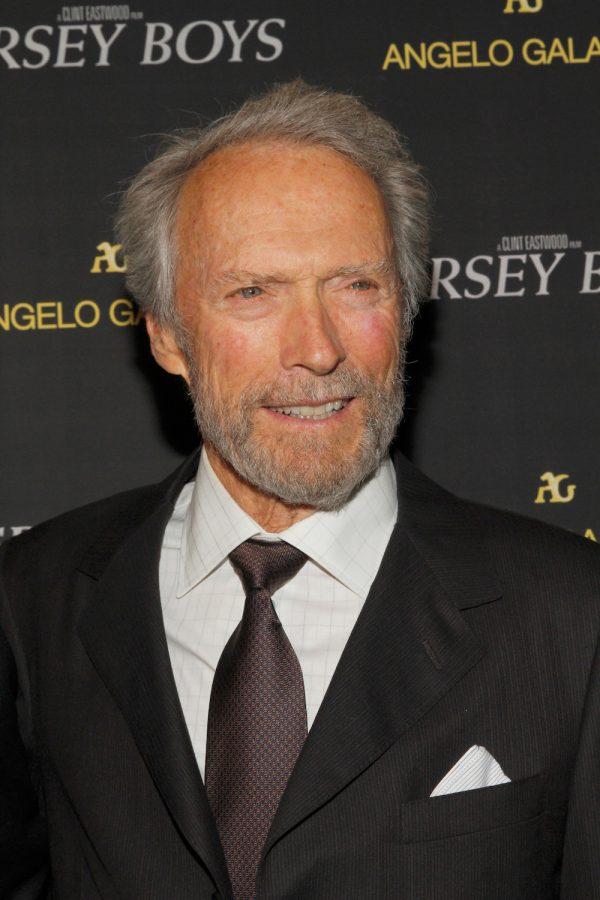From the archives: This story was last updated on Feb. 14, 2019.
Movie star and director Clint Eastwood, born in 1930, rose to fame as an icon of masculinity after roles in Sergio Leone’s spaghetti Westerns and as an anti-hero cop in the Dirty Harry franchise. Eastwood has also had a significant career in American politics.
Clint Eastwood on June 9, 2014, in New York City ©Getty Images | Mireya Acierto




